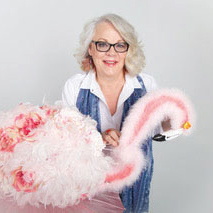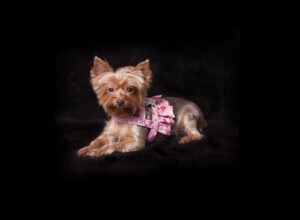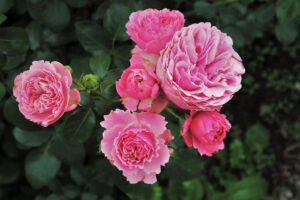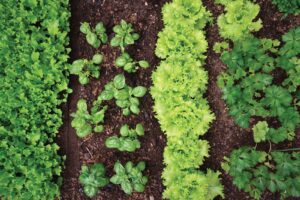When I think of spring I think of two buzz words — bees and hummingbirds. The buzz word this month is hummingbirds. I just love the precious little birds!
Hummingbirds are native to North America. As the smallest of birds, they measure approximately 3 — 5 inches in length and get their name from the humming noise their wings make when they fly. All 350 species of hummingbirds are native to the Americas; by far most of them are tropical.
The life of a hummingbird is quite solitary. The males arrive in an area and stake out their territories before the females arrive. A male lets the female hummingbirds know he’s ready for mating by puffing out his throat and chest. He then begins to throw his head from side to side — this ensures that his bright feathers shine in the light. I encourage you to observe the hummingbird mating act if you’ve never seen it before. It is quite interesting, and only lasts a short time.
What about feeding….
They are thirsty little things. Hummingbirds are nature’s little sugar addicts. (I am one too, but my addiction is chocolate.) Hummingbirds not only feed on nectar from flowers and on the feeders we hang — they also eat little insects. They pick littles bugs off of leaves to provide the protein they need in a process called gleaning. Because they are such active creatures, they eat multiple times a day.
When choosing a hummingbird feeder, avoid feeders with yellow ports and decorations, because yellow is attractive to bees and wasps. Do not put oil or sticky products on feeder poles, as these products can stick to birds’ feathers and make it difficult for them to preen.
Avoid using insecticides that could contaminate your feeder and be toxic, even deadly, to these tiny birds. Keep your feeders clean — mold build-up can make hummingbirds very sick.
It’s easy to make hummingbird food yourself. Use 2 cups of water to 1/2 cup of regular white sugar. Heat the water until the sugar is completely dissolved, then let it cool. Red dye is not necessary, and may even be harmful to hummingbirds.
Flowers and Plants that Attract Hummingbirds
OK gardeners, here you can really have fun. Hummingbirds like a wide variety of plants. You can create a hummingbird garden or just place individual plants in and around your yard, porch, and deck. I prefer perennial plants because they come back year after year. This allows me to add new varieties each year and make my yard more exciting.
Nectar-producing red tubular flowers are a hummer’s favorite. Kalanchoe is great for attracting hummingbirds; just set them on a table or patio near a feeder and watch the birds come. Fuchsia is another terrific plant that people often overlook. The vibrant colors in a hanging basket of fuchsia are an excellent attractor. Other hummingbird favorites I enjoy include salvia, hollyhock, garden phlox, clematis, weigelia, bee balm, liattris, butterfly bush, delphinium, hybiscus, and trumpet flower.
Fun Facts
- The name hummingbird comes from the noise their wings make.
- Hummingbirds can fly up and down, forward and backwards, and in circles; they can also hover in place.
- A hummingbird’s tongue is shaped like a W.
- Hummingbirds do not have a sense of smell.
If you have not been a bird watcher, start with hummingbirds. They are great entertainment and will be arriving in our area very soon. Get your feeders ready and hang them now!
























